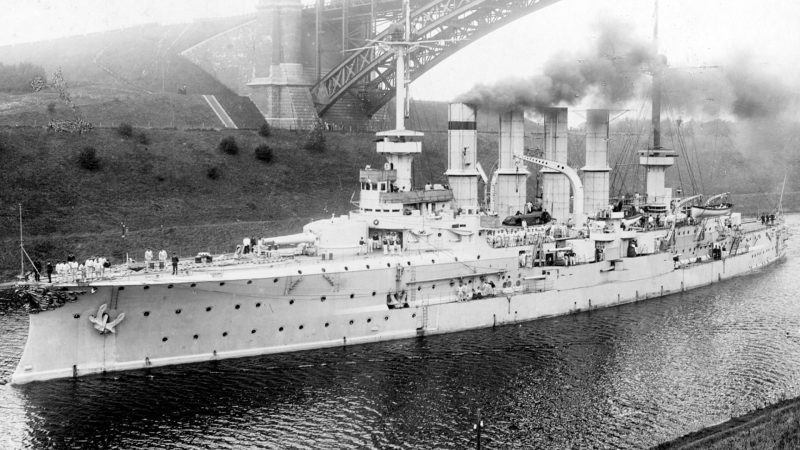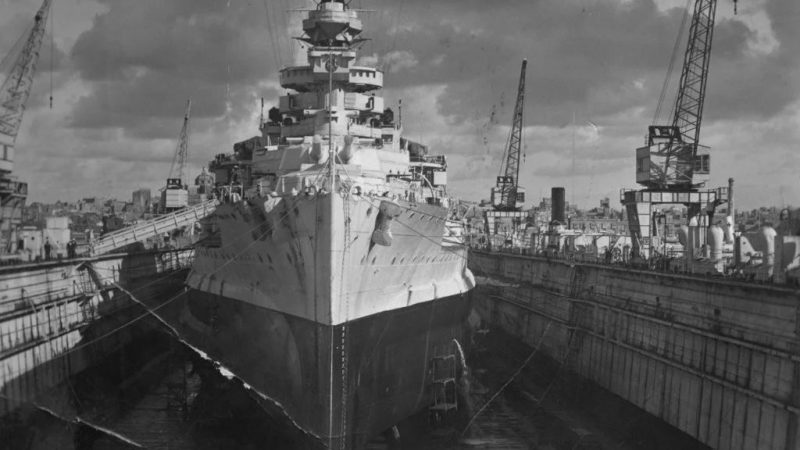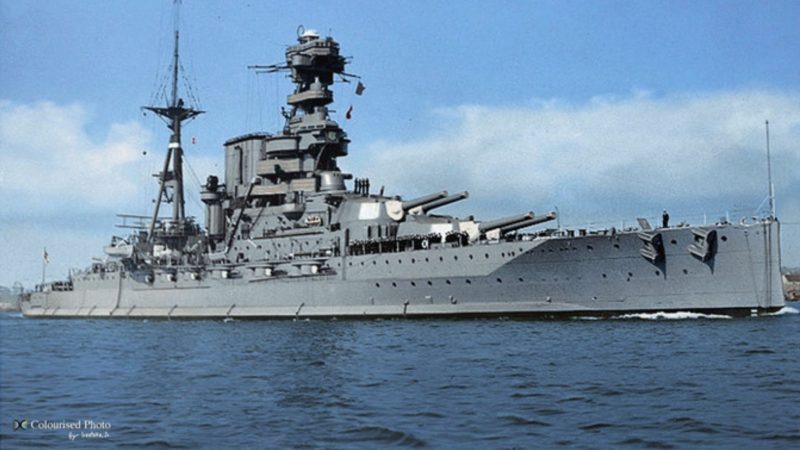Giuseppe Garibaldi (551): The First Guided Missile Cruiser in Europe Meets Amerigo Vespucci (1968)
In 1968, a remarkable naval encounter took place in the waters of La Spezia, Italy, when the Italian guided missile cruiser Giuseppe Garibaldi (551) passed by the illustrious sail training ship Amerigo Vespucci. This moment not only highlighted the contrast between modern naval technology and traditional sailing vessels but also marked an important chapter in maritime history.
Commissioned in the early 1950s, the Giuseppe Garibaldi was a groundbreaking warship, notable for being the first guided missile cruiser in Europe. Originally built during World War II, the cruiser underwent significant modifications between 1957 and 1961 to enhance its capabilities. These upgrades included the installation of the RIM-2 Terrier missile system, which allowed the Garibaldi to engage aerial threats with unprecedented accuracy and range. As a result, it became a cornerstone of the Italian Navy’s fleet and a symbol of modern naval warfare.

The design of the Giuseppe Garibaldi reflected a shift in naval strategy, moving away from traditional battleships to more versatile vessels equipped with advanced missile technology. Its sleek lines and powerful armament signaled the dawn of a new era in naval defense, emphasizing speed and precision over sheer firepower.
In stark contrast to the modern capabilities of the Garibaldi was the Amerigo Vespucci, a tall ship renowned for its beauty and craftsmanship. Launched in 1931, the Amerigo Vespucci served primarily as a training ship for the Italian Navy, providing cadets with hands-on experience in sailing and navigation. With its majestic sails and classical design, the Vespucci embodies the rich traditions of maritime heritage, making it a beloved icon among sailors and enthusiasts alike.
The Amerigo Vespucci has often been referred to as one of the most beautiful ships in the world, with its graceful lines and intricate details. It is a testament to the skill and artistry of shipbuilding, serving as a reminder of the age when sailing ships ruled the seas. Its mission to train future generations of sailors emphasizes the importance of preserving nautical traditions in an ever-evolving maritime landscape.

The meeting of the Giuseppe Garibaldi and the Amerigo Vespucci in 1968 served as a poignant reminder of the evolution of naval warfare and the enduring legacy of maritime traditions. As the Garibaldi glided past the towering sails of the Vespucci, onlookers were treated to a spectacle that highlighted the technological advancements of the modern era while honoring the craftsmanship of the past.
This encounter symbolizes the coexistence of tradition and innovation within the naval domain. The Giuseppe Garibaldi represents the future of naval defense, equipped with cutting-edge technology to protect maritime interests, while the Amerigo Vespucci stands as a tribute to the rich history and culture of seafaring.
The encounter between the Giuseppe Garibaldi and the Amerigo Vespucci in 1968 was more than just a fleeting moment on the water; it was a celebration of naval history and a testament to the diverse paths that maritime evolution has taken. As the world continues to advance technologically, it is essential to remember and respect the traditions that have shaped naval history. This unique meeting of a guided missile cruiser and a majestic sailing ship serves as a reminder of the balance between innovation and heritage that defines the world of naval exploration.



